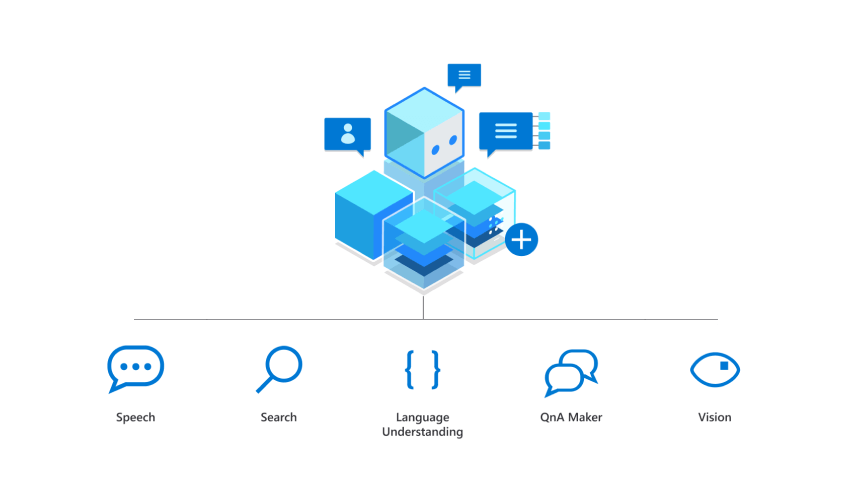With the monthly payments ballooning due to living expenses like food and clothing being met with credit cards, many consumers find that the only way they can make ends meet is to take on additional credit card debt. According to https://www.forbes.com, the typical credit card interest rate of 15-25% can easily complicate the dire financial situation of an average American. With credit card debt spiraling out of control, it is very important to tackle it with financial discipline and strategies like debt consolidation. However, many people end up making mistakes that can make a mess of their plans to become debt-free and instead drive deeper into debt.
Understanding the Concept of Debt Consolidation
Debt consolidation is a process by which you replace your existing debts carrying high rates of interest with a single loan bearing a lower rate of interest. After you have consolidated your debts, you are left with only one debt and one monthly payment to make. The rate of interest that a person with good credit can expect to get on a debt consolidation loan from a private lender can be significantly lower than the typical credit card APR that tends to range from 15-30%. Over the tenor of the loan, the total savings on interest can be substantial.
The other benefit of debt consolidation is that you no longer have to keep track of multiple credit card statements each with their pay-by dates and have only one payment to make on a fixed date every month. This means that you are less stressed out tracking and paying your credit card dues and less likely to miss a payment that gets you penalized with a hefty late payment fine. Another commonly overlooked benefit of consolidating your debt is the opportunity of repairing your credit score by making regular payments on the new loan and reducing your credit utilization ratio by repaying your credit card dues. However, only those who can get a significant interest rate differential and are ready to practice financial prudence will be able to get rid of their debts in a reasonable period. Common mistakes that people invariably make can make the debt consolidation exercise futile. Some of the more common debt consolidation mistakes:
Not Having a Budget
If you undertake debt consolidation without first making a budget, the chances are that you will again be very soon facing a mountain of credit card debt. Making a budget may seem very boring; however, if you do not have one, you will not be able to figure out how to balance your income and expense. When you do not know how much you are earning and where your money is going, you are liable to make poor spending decisions that can leave you mired in more debt. When you make a budget, you will immediately be able to find out the reasons why you are racking up debt. If you track your money, you may discover that you are overspending on dining and entertainment or even taking too many vacations. Often, by making adjustments to your lifestyle, you can significantly reduce your expenses and use the money saved to repay your debt.
The best way of making a budget is to use a software tool or a mobile app but if you are more comfortable with pen and paper, go ahead and list your income on one side. On the other side, make a list of all the expenses that you need to incur every month, including living expenses, utilities, transport, and repayments of your credit cards, student loans, etc. and find out by how much your expenses are more than your income and how you can make the adjustments that will balance both. Thereafter, it is a matter of sticking to the budget and generating as much savings as possible with which to repay the debt faster, according to a NationaldebtRelief.com counselor.
Not Establishing an Emergency Fund
When you are caught in a debt trap, it is easy to become obsessed with repaying the debt as quickly as possible and neglecting to build an emergency fund with your savings. However, this can be a dangerous strategy as, without an emergency fund to fall back on, an unexpected expense or an emergency like medical bills or the car needing repairs can have swiping your credit card and falling into debt all over again.
An effective solution can be to divert some of your cash surpluses to an emergency fund after paying off the budgeted debt repayment so that you have a cushion to fall back on when you need emergency cash. While you should aim to save around three to six months of expenses, you can make a smaller start if you know that that is too unrealistic. Even a saving of a few hundred dollars can help prevent you from entering the vicious cycle of credit card debt again.
Not Having a Plan to Pay Off the Debt Aggressively
By consolidating your debt and paying just the monthly minimum amount due, it can take a long time to become debt-free. You need to have a solid plan of action that will enable you to repay your debt aggressively and become free of your debt quickly. While saving as much as possible by drastically making adjustments to your lifestyle and spending habits is essential, you need to think of ways of increasing your income. Ask for a raise or work actively to taking on more responsibilities at your workplace so that you get a promotion. Take up a part-time job at a restaurant, grocery store, or drive an Uber or Lyft, walk dogs, babysit or do whatever it is that you need to do to bring in more money every month to pay off your debt faster.
Conclusion
Debt consolidation may come as a big relief for the hassle of trying to manage multiple credit cards, but it is the first step in becoming debt-free. You need to try everything possible to earn as much as you can and then try to stay within that limit so that your personal finances can stay under control and you are not a slave to credit cards for meeting every little expense. Ensuring that you do not make any mistake that can derail you from your objective of becoming debt-free is vital.






